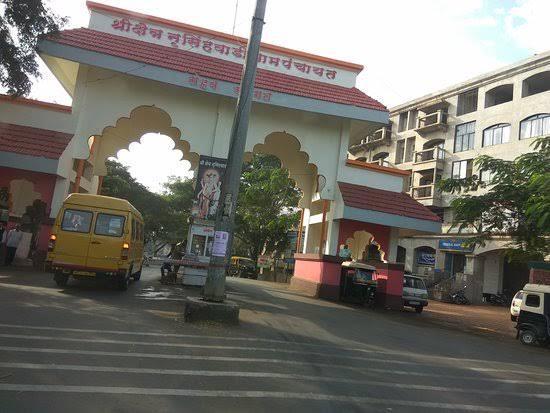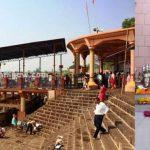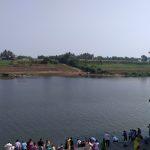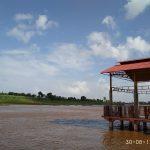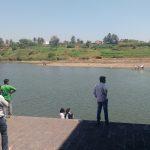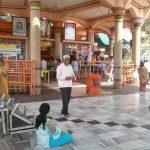Contents
Narsinhwadi Datta Mandir is located in Kolhapur. Plan your Narsinhwadi Datta Mandir visit and explore what else you can see and do in Kolhapur using our Kolhapur online day trip planner
Architecture
Legend / Local stories
Photo Gallery
How to Reach:
Address
3rd Street,Kolhapur District,Shirol,taluk,Narasoba Wadi,Maharashtra 416104,India
Contact Details
02322 270 064

